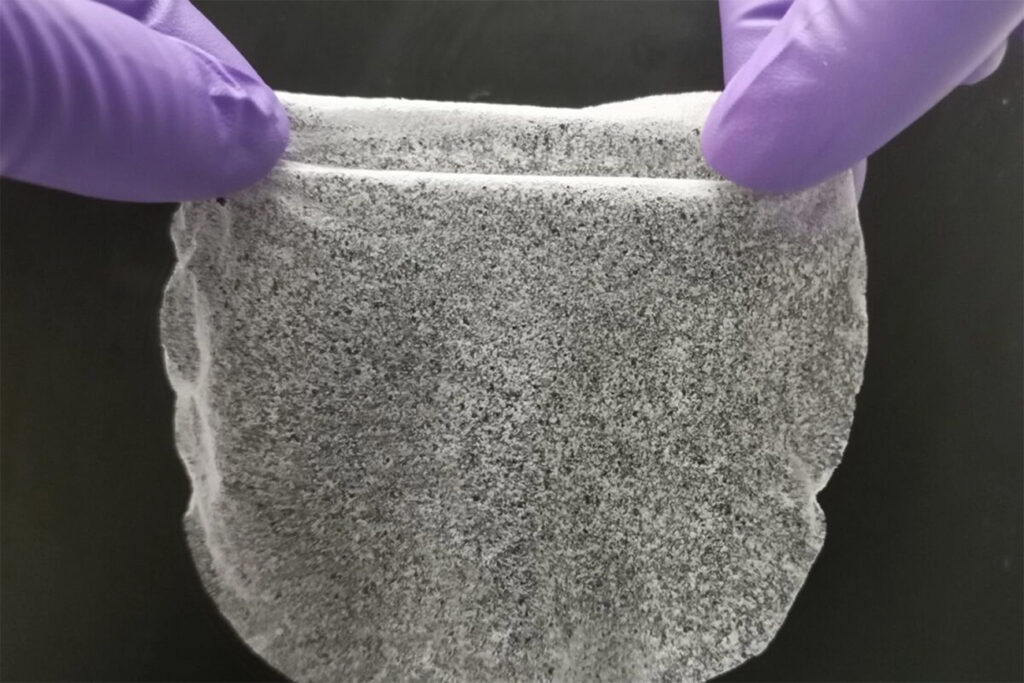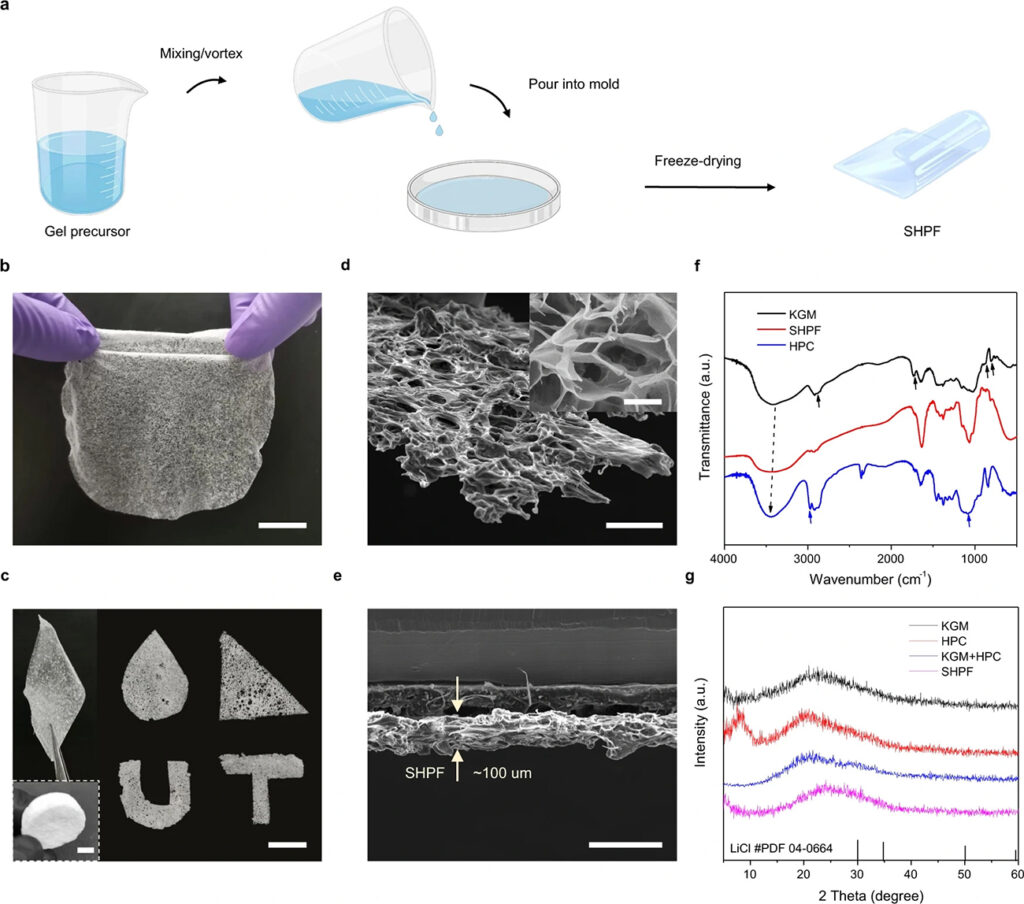Inexpensive Gel Film Pulls Drinking Water from the Air
According to the World Health Organization (WHO), more than two billion people live in areas where water is scarce. The agency projects will worsen due to population growth and climate change. Likewise, more than two billion people worldwide use contaminated drinking water sources. Based on the latest published reports (2017) available from UNICEF and WHO, over 785 million people do not have access to essential water services. Access to safe drinking water is not open to over 884 million people worldwide.
Harvesting drinking water from the air
There could be a way to alleviate water scarcity soon, as a team of researchers at the University of Texas at Austin recently published their study. The research is about using a low-cost gel film, which can pull about 13 liters (3.4 gallons) of water per day using one kilogram of the gel. According to the published research paper, their system can work even from very dry air.
Gel composition
Two primary ingredients make up the gel the research team uses. These are common materials: konjac gum, a food additive, and cellulose, which comes from the plants’ cell walls. Combining these components works perfectly to make the gel film absorb water from the air. As a result, they can release the water on demand without consuming high energy.
The research team explained that the first step allows the gum’s porous structure attracts the water to condense from the air. Next, the cellulose responds to a gentle heat to make it hydrophobic to release the captured water, which takes about ten minutes.
Steps to make the gel
According to the team, making the gel is quite simple:
- Mix the two ingredients. Then pour the mixture into a mold and leave it to set. The setting process will take about two minutes only.
- Freeze dry the gel, remove it from the mold and it is ready to use. It does not need a standard mold so that you can form it in any shape.
- You can vary the size, as the production cost is minimal.
Production amount
In the tests the team conducted, the gel film they used was able to attract a generous amount of drinking water from the air. When the relative humidity is about 30 percent, the gel film can produce 13 liters per day, with one kilo of gel film. If the relative humidity goes down to 15 percent, the amount of water it can capture will be about six liters per kilogram of gel.
The team says this is a significant improvement over the various water harvesting methods used through the years, such as dew condensation and fog capturing. For example, the traditional way can only produce 8.66 liters when the humidity is higher. Other methods only average about 5.87 liters when the humidity is 30 percent.
The research team further added that it is possible to improve the efficiency of the new gel. For example, they can create more absorbent beds or thicker films. Based on one kilogram of ingredients, the cost to produce the gel films is US$2. Thus, it is possible to scale the technology and bring it to developing countries and other remote areas where safe drinking water is scarce.
The instructions on using the gel film, where to leave or hang it to draw water, and how to extract the water are not yet available. However, looking at the process and how simple it is to develop the gel films, the product and its application can help bring safe drinking water, even in desert areas.

